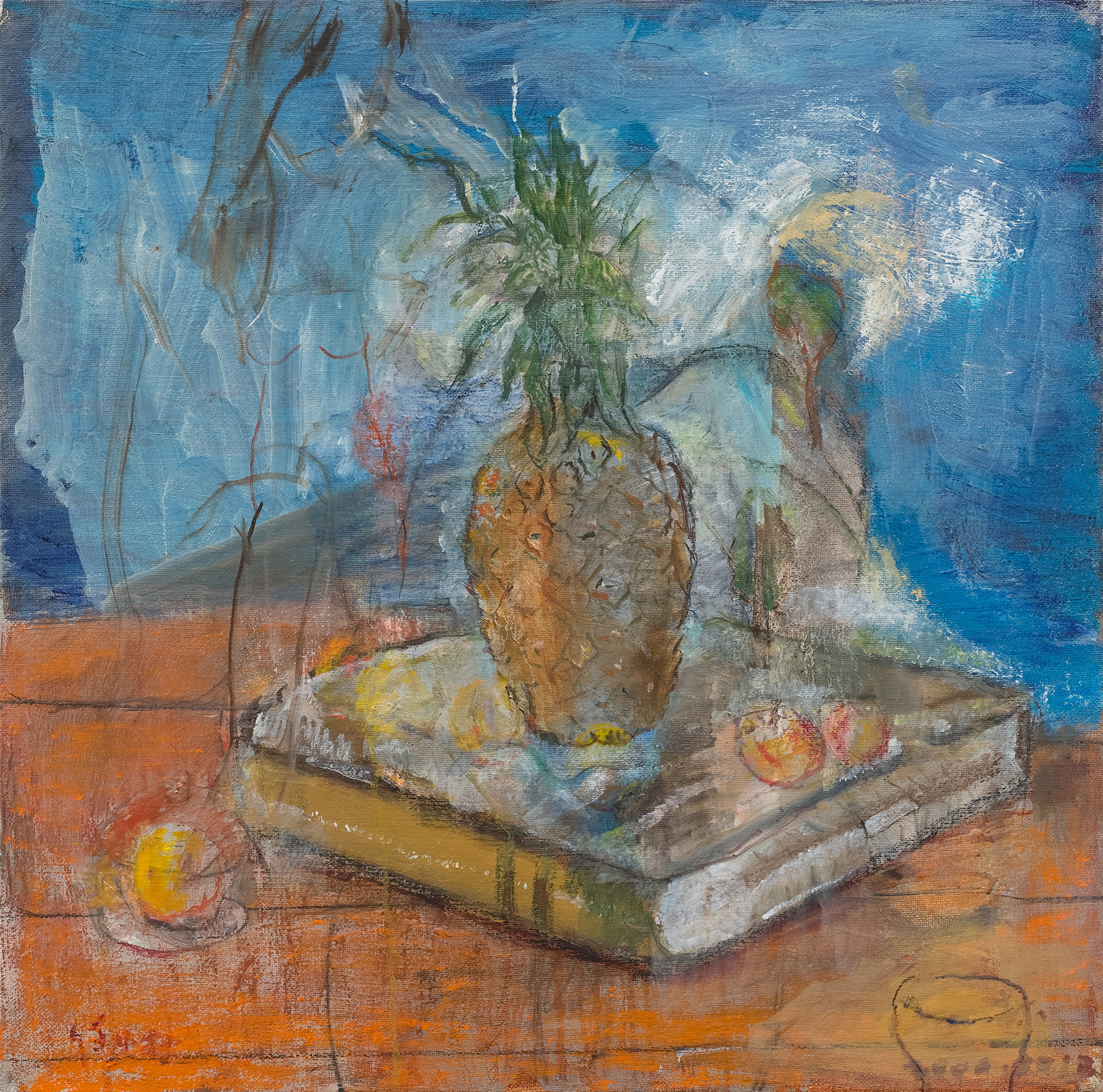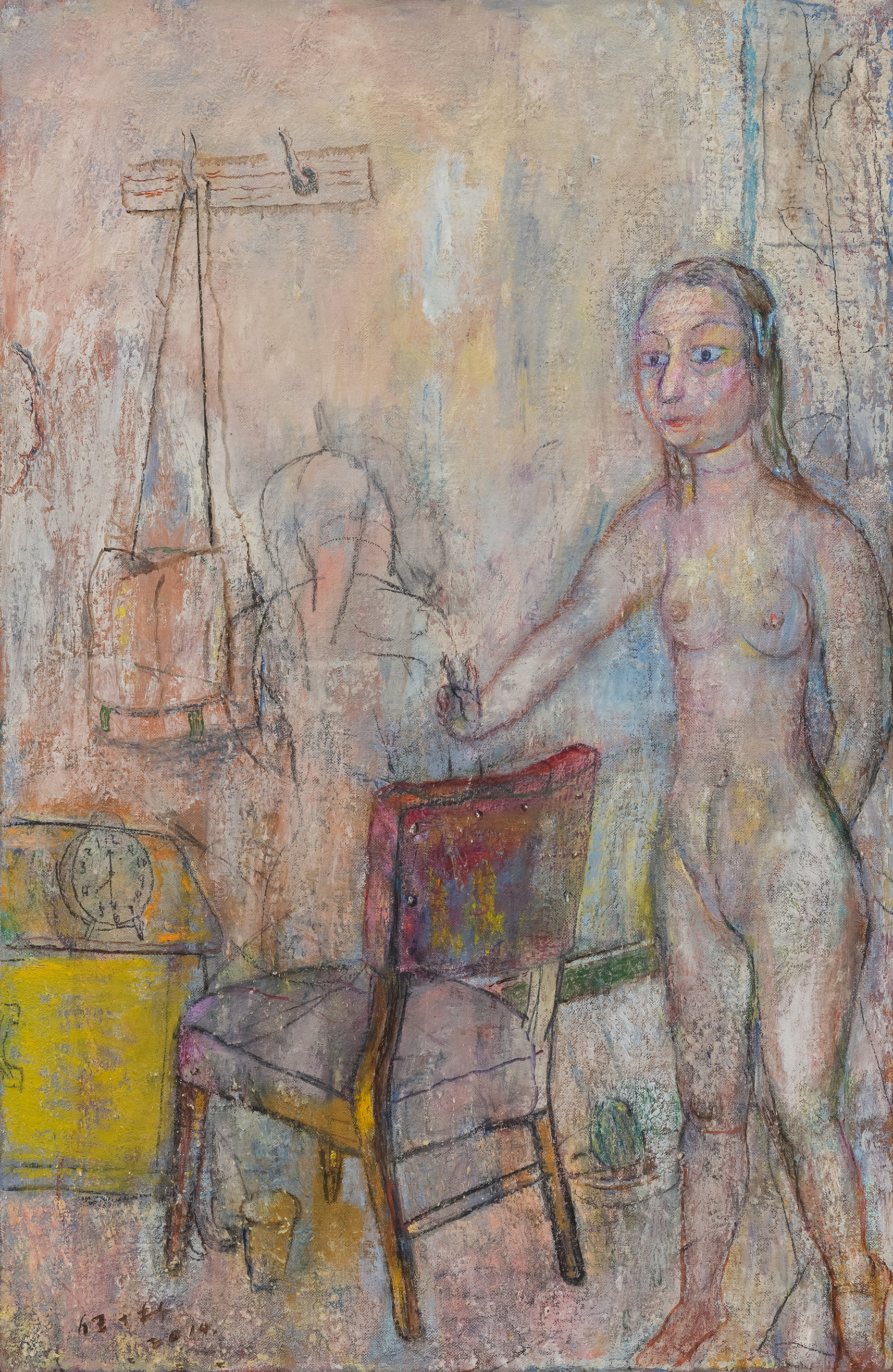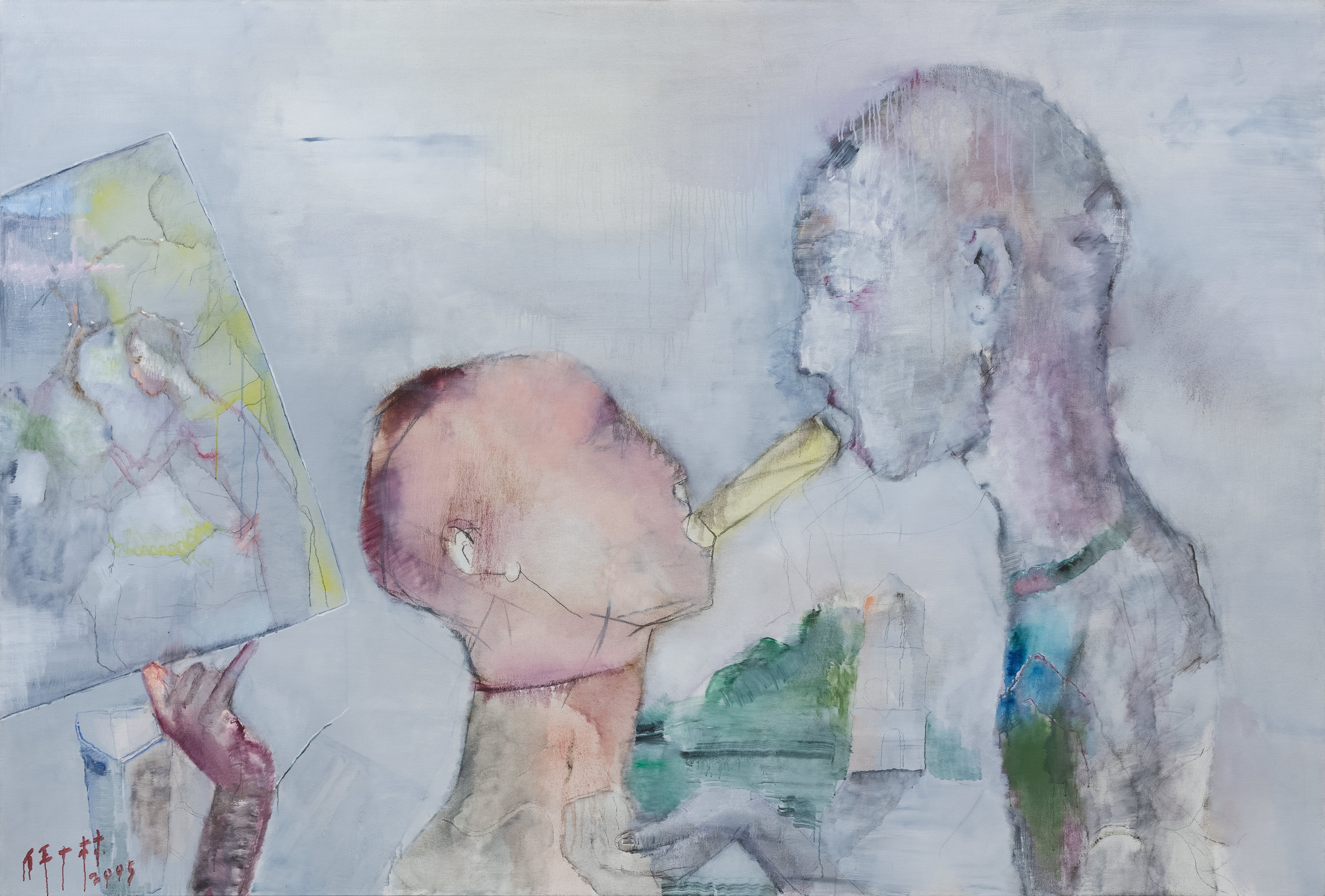- 资质:诚 艺
- 评分:
1分 2分 3分 4分 5分 6分 7分 8分 9分 10分 8.4分
- 印象:
- 经营时间:17年
- 展厅面积:
- 地 区:北京-朝阳
任小林:模糊的末端
- 展览时间:2019-09-28 - 2019-11-13
- 展览城市:北京-朝阳
- 展览地点:蜂巢(北京)当代艺术中心
- 策 展 人:冯博一 杨鉴
- 参展人员:
展览介绍
模糊的末端:任小林个展
An End in Obscurity: Ren Xiaolin Solo Exhibition
艺术家| Artist: 任小林 | Ren Xiaolin
策展人|Curator: 杨鉴 | Yang Jian
开幕时间 | Opening: 2019.9.28 16:00
展览时间 | Exhibition Dates: 2019.9.28-11.13
地点|Venue:
蜂巢(北京)当代艺术中心| Hive Center for Contemporary Art (Beijing)
地址|Add.
北京市酒仙桥路4号798艺术区E06 |
E06, 798 Art District, Chaoyang District, Beijing, China
蜂巢(北京)当代艺术中心将于2019年9月28日至2019年11月13日推出任小林个展“模糊的末端”。
这是任小林在特殊时期的一次特别的展览。主要作品是由他内心的独白而构成和展开的。上帝夺走了他所爱,孤寂、不安随即而来。那是在无尽的看护和等待中,在医院长廊的尽头,只有暗红的医用灯光和他的烟头在熠熠闪光。他只好用他的目光所及无望地观察着医院的周围,臆想并强化了他所在空间而可能带来的恐慌。夜晚的缝隙将他不断收紧,他变得越来越没有把握。
——冯博一
亲历中国当代艺术近三十年,被在场或是暂离时,任小林的特别在于规避这两极的方式,在天赋与生命体验之间快速地来回摇摆,使他的艺术既没有在“好时候”被仓促地歌颂,也没有再“坏时候”被拿出来被迫增生含义以反思之前的操之过急,他的绘画像是带着一种复魅气息逆时思考,一直涌动在时代记忆暗处。正如阿甘本在《何谓同时代人?》里说的那句有名的话,“真正同时代的人,真正属于其时代的人,也是那些既不与时代完全一致,也不让自己适应时代要求的人。”这或许正是任小林游荡(Flaneur)于中国当代艺术史之中却一直未能被简单定义的原因。
任小林的作品总像是夹杂着原始的泛灵论色彩,与物、象、言相结合,始终在感性形象中运动,并伴随着主体情感的体验和自由抒发,作品至始至终保持鬼魅灵动的气息。任小林的作品中总是充斥着复杂而又丰富的象征意味,而近几年的新作中在象征上出现了明显的取向变化,由个人的诗意的转向了神秘主义和宗教感,尤其是作品中有不少“固有的类型”,这种固有类型就如同文艺复兴时候看到抱着孩子的女人的画像就一定会想到圣母与圣子一样。任小林的新作中大量存在象征意味的交错形式与结构,“固有的类型”尤为显著,这使得任小林的画面中裹挟了某种宗教感并且是难以言明指向不明确的原始宗教气息,但是就如同不同时代的语境对相似“固有的类型”持有不同的阐释切口一样,任小林用个人化的绘画的方式在画面中植入了时间概念,使得“固有的类型”即使是有明显的宗教气质,但是依旧保持着一种阐释上绝对多意性与开放姿态,将宗教形态中过于明确的所指模糊化,不被形式本身所要挟。
值得特别注意的是任小林的这些新作,为我们提供了他和她在世间风物里的一种映射,浓缩了他隐忧的眩目和妄想的呓语。将画面化为与她的对视,碎片化的图像看似散乱无序,如同花落飘零,但种种“乱象”却以浓郁的色调,让人难以平抚。其实,现实已经足够悲催,它逼视那些裸露的伤口,定格那些难以确定的人生,放大那些熟视无睹的荒诞……在作品面前,这无疑只能是一个想象,这种“无疑”正是人间的“无情”。其中的一个细节是在任小林的这批新作里,总有一只鹿的形象不断隐现。鹿是神的化身,散发着青草的芳香,可以在物种学、生物学的层面上来审视人的存在,而画面中凝固出它的身影,则是任小林重新塑造过的幽灵般的存在。那是鹿的寓言或是鹿讲述的寓言,这种寓言形式本身就是对她的命名。任小林利用寓言化叙事方式,非常动声色地表达着他的混乱不安,并在他所设置的场域中,呈现了一种悲情的悸动。
Hive Center for Contemporary Art (Beijing) is honored to pronounce that “An End in Obscurity: Ren Xiaolin Solo Exhibition” will be presented from Sep. 28 to Nov. 13, 2019.
“An End in Obscurity” gives us a special glimpse of how he spent the very period. The narratives of these pieces are mainly composed of his inner soliloquies. Loneliness and upset have arisen as God is taking his love away. That’s him being trapped in endless caretaking and waiting and, at the end of a hospital corridor, his world is illuminated only by the dull-red medical lighting and his shimmering cigarette. With the night closing in on him, he has no choice but to look around the hospital hopelessly as far as he can while imagining and amplifying the potential panic lurking in the surroundings, and all this is dissolving his faith.
——Feng Boyi
Over the past thirty years or so, Ren Xiaolin has been passively in and temporarily out of the Chinese world of contemporary art, and what’s special about him is that, to steer clear of the two extremes, he vacillates frequently between his gift and experience of life, thanks to which his art was not eulogized hastily in “good times” and no new meanings were imposed on it in “bad times” to reflect upon the previous undue haste, so, with a touch of re-enchantment, his painting features thinking that goes against the times, making an undercurrent of the history. Just as it’s famously put in Giorgio Agamben’s What Is the Contemporary, “Those who are truly contemporary are those who neither perfectly coincide with their time nor adapt to its demands.” This may be the very reason why Ren Xiaolin is viewed as a flaneur that has been defying easy definition in the contemporary art history of China.
There always seems to be a touch of primitive animism in Ren Xiaolin’s art, which haunts a sensitive image in combination with things, images and words, and, along with each subject’s experience and free expression of its feelings, his art features ghostlike vividness all the time. And every piece of his is full of complicated and rich symbolism, which has shown an evident change in preference in his works made in recent years, from personal and poetic to mystical and religious-ish, as in quite a number of “fixed patterns” of his, like, in a Renaissance case, a picture of a woman with a baby in her arms can always remind one of the Virgin and Child. The interlacing form and structure of the symbolisms abundant in Ren Xiaolin’s new works are particularly demonstrated by his “fixed patterns”, which has equipped his paintings with a religious sense that is inexplicable, vaguely-referred and primitive, but, just as similar “fixed patterns” would be interpreted differently in the contexts of different historical periods, Ren Xiaolin has planted in these personal paintings a sense of time to retain a form of polysemy and openness for interpretation in the clearly religious-ish “fixed patterns”, so the obscuring of the over-definitely signified in religious forms makes his art impossible to be coerced by form.
It is noteworthy that these new works by Ren Xiaolin provide us with a projection of him and her in the scenery of the world and epitomize his dazzling worries and murmuring fantasies. A series of converted mutual gazes with her, the fragmental images seem disheveled as flowers that are flying off their stalks, but these “chaotic scenes”, in rich tonality, can hardly give one any peace. In fact, reality is already saddening enough as it looks straight into those exposed wounds, freeze-frames those lives full of uncertainties, amplifies those absurdities so common in everyday life to be easily overlooked… In a work of art, this is undoubtedly only a piece of imagination, and such “undoubtedly” is the very “cruelty” of the world. If we pay attention, we can find the recurrent image of a deer in these new pieces by Ren Xiaolin. God incarnate, the deer, with the scent of green grass, can look at the existence of humanity speciologically or biologically, but, with its figures frozen in Ren Xiaolin’s paintings, it’s become a spirit-like existence remodeled by the artist. It’s a fable about a deer or a fable told by the deer, and this very form is itself the renaming of her. In a fable-like manner of narration, Ren Xiaolin gives vent to his perplexity and unease rather vividly and presents a thrill of lamenting and pathos in the special space he’s created.

 黄琦
黄琦 测试用艺术
测试用艺术











